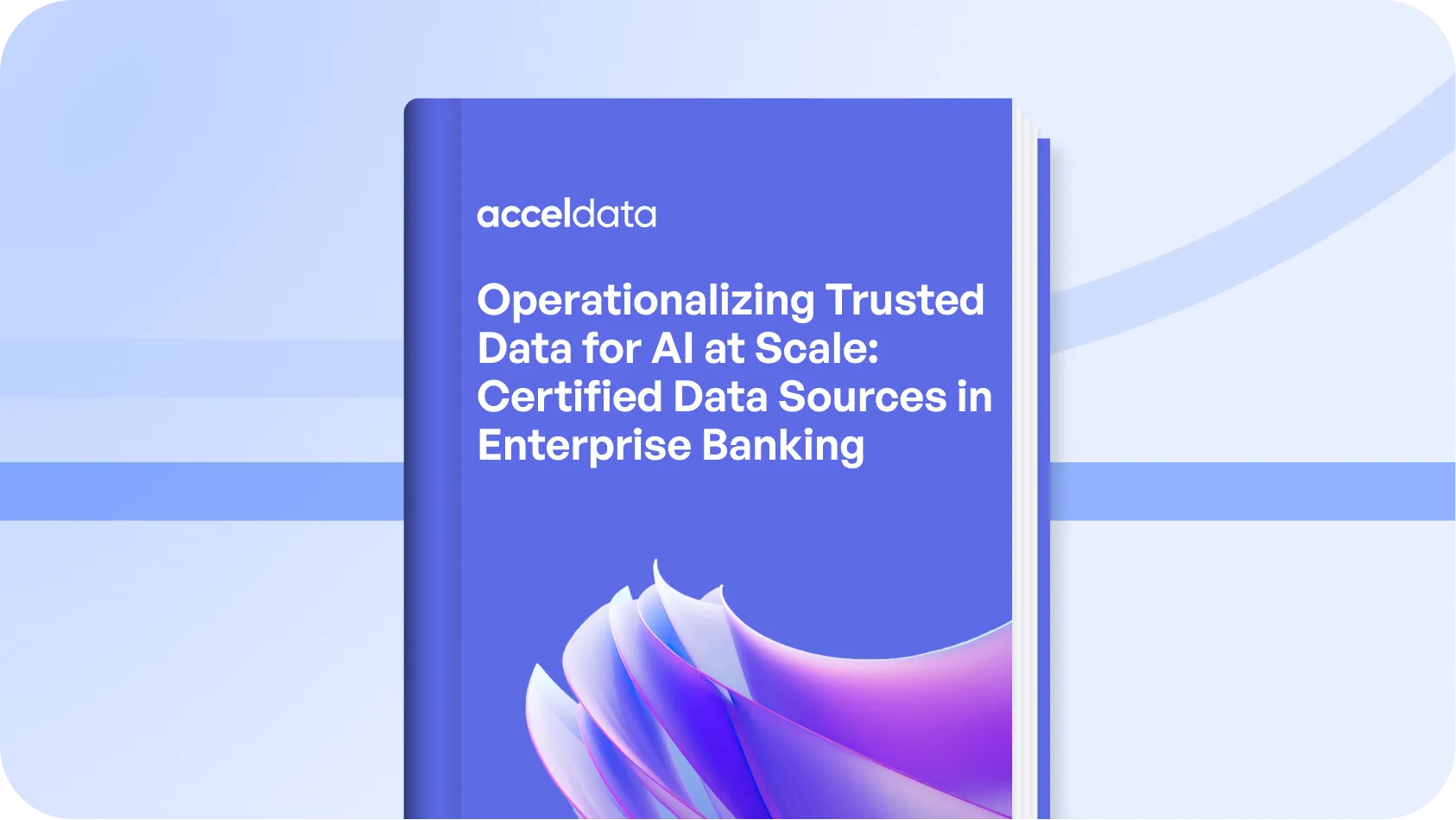Resource Library
A curated collection of guides, e-books, videos, events, and more.

Thank you! Your submission has been received!
Oops! Something went wrong while submitting the form.

Guide
Executive Guide: The New Imperative for Trusted, AI-Ready Data
Download Guide

ADM(Agentic Data Management)
Data Management
Data Observability

Ebook
How 10 Enterprises Accelerated Growth and Innovation Through Data Observability
Download eBook

Data Observability

Ebook
12 Ways Data Observability Drives AI-Readiness
Learn More

Data Observability
AI
ADM(Agentic Data Management)

Guide
Acceldata Snowflake Cloud Migration Guide
Download Guide

Snowflake
Data Engineering

Guide
Acceldata Snowflake Cloud Migration Checklist
Download Checklist

Snowflake
Data Engineering

Whitepaper
Grow Revenue and Resilience with Trusted Data
Download Whitepaper

Data Quality & Reliability
Data Observability

Whitepaper
Operationalizing Trusted Data for AI at Scale: Certified Data Sources in Enterprise Banking
Download Whitepaper

Data Quality & Reliability

Whitepaper
Ensuring ESG Data Accuracy & Compliance in Life Sciences
Download Whitepaper

Data Engineering
Data Management
Data Observability

Guide
5 Tips to Conquer ESG Reporting Challenges in Life Sciences
Download Guide

Data Observability
Data Management






.webp)
.webp)